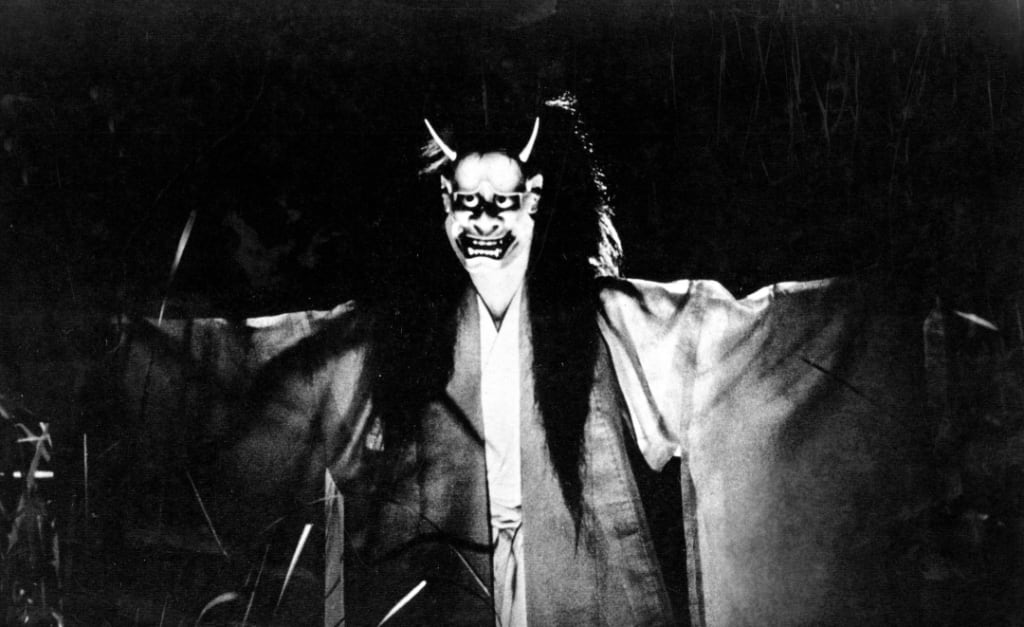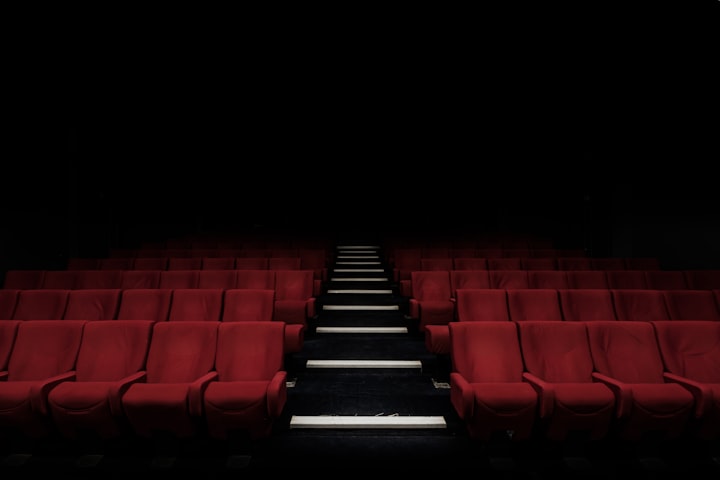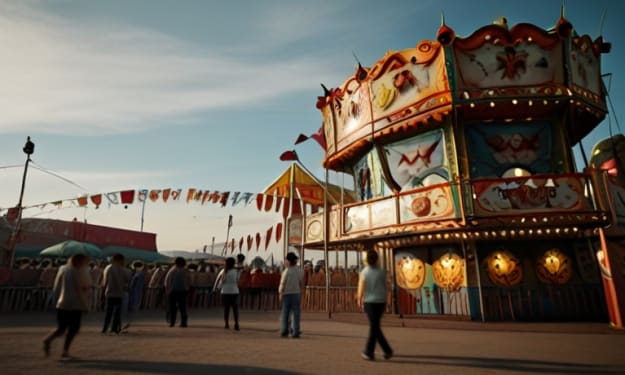'Onibaba' (1964) Review
A masterpiece of Japanese Cinema.

Onibaba (1964). Abstract, disturbing, and rich in subtext. Takes the classic ghost story narrative and adds layers of depth and nuance. Two women fight for survival by killing unaware Samurai and selling their clothes for food. However their quiet monotonous struggle is rocked by an affair with a returning soldier and an unexpected meeting with a mysterious masked Samurai. Written and Directed by Kaneto Shinido, a member of the loosely termed ‘Japanese New Wave’, Onibaba rocked the film world for its provocative nudity, liberal approach to sexuality, and its dark, disturbing horror steeped in spirituality. Originally going unreleased in British cinemas and causing a storm with censors, it was only after being re-cut four years later did it finally reach British audiences. Shinido forgets the jump scare and choses to instil a sense of dread, lodging itself in the mind of the audience long after the credits have rolled.
The film is a cinematic achievement, each facet complimenting the next. Beginning with the introduction of a deep dark hole hidden among the tall reeds, darkness dwells there and has done for centuries. As the wind gently shakes the tall grass. Spirituality subtext seeps in like a spell over the narrative as the conscience of each character is challenged. Discussions of heaven and hell and dead loved ones all force the characters to question their morality and actions. However the allure of selfish gain appears too much. These are themes which are reflective and function as a metaphor to challenge the audience, while also critiquing a faction of Japanese society at the time. Although the same critiques are still relevant today not only in Japan but across the world.
The bleak setting, grass obstructed camera frames, and spontaneous rhythmic soundtrack compliments the dark spirituality of the film and shooting in black and white creates a monochromatic dreamlike horror. Shinido’s decision to light the demonic mask with bright key lighting was a bold decision but succeeds in creating pure cinematic horror. And forces the character and audience to be overcome by its commanding onscreen presence. The introduction of the mask via a Samurai doesn’t take place until the third act of the film, Shinido chooses to slowly burn through the parable on screen. Emphasising character depth and letting the dust settle on their decisions before ‘judgement’ is introduced.
Onibaba follows a simple narrative but its series of embedded messages range from the clear to the abstract. It’s subversion from an old Buddhist parable reimagines its original warning and resides Buddha presence to a small mention; however, the presence of a deity can be felt in the final act. It rewards being thought through and discussed at length. Succeeding as a simple dreamlike horror film and also as an extensive allegory of Japan’s socio-political climate of the time. Important for its liberal portrayal of sex and nudity which upon release caused controversy. Now it is considered groundbreaking, and the connection between sexuality and violence in horror is a trope that has long been used and was made popular in American cinema by the slasher films of the seventies and eighties such as Carpenter’s Halloween (1978) and Hooper’s The Texas Chainsaw Massacre (1974). Shinido chooses to leave the film’s meaning open ended and up for extensive discussion. But the message of the final scene is clear, once the mask is removed and has marred the older woman she exclaims she is human, as she chases after her terrified daughter in law who believes she is a demon. The truth is unclear but the film’s final claim is the mask has nothing to do with the evil that is taking place. It's just humans who are.
About the Creator
Conor Crooks
Living in Newcastle Upon Tyne, born in Belfast. Studying a masters in Film, I'll watch anything starring Bugs Bunny and Michael Jordan.
All credit goes to the respective creators of the images in my articles.






Comments
There are no comments for this story
Be the first to respond and start the conversation.